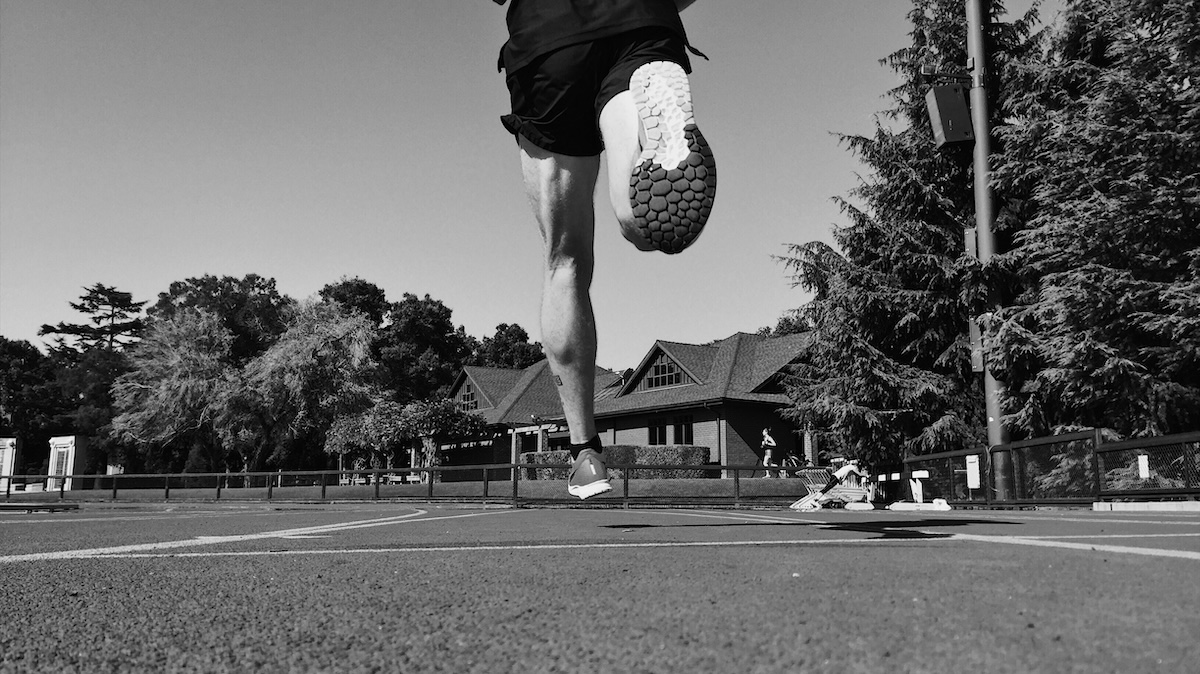Mario Fraioli’s Training Principles For Running
|
I’ve been running competitively since 1997 and helping athletes work toward their own competitive goals since 2004. What follows here is a working set of principles I know to be true, developed from 27 years of trial and error as both an athlete and a coach, countless hours of my own reading and research into training theory and the history of the sport, and the influence of athletes and coaches I’ve been fortunate enough to observe, spend time around, form relationships with, and ask questions of over the course of my career. These principles form my training “philosophy” and help guide my thinking (and ultimately decision making) when it comes to working with athletes and putting together training programs. (And much like my annual life lessons post, I’ll add to this list as I see fit.)
In no particular order, they are:
— Train like an athlete. It’s not enough to just be good at running—you have to be a well-rounded athlete that happens to specialize in running. A good athlete works on speed, endurance, mobility, strength, and balance throughout the year. Dedicate a chunk of your training time to addressing these elements and you’ll be a faster, stronger, and more resilient athlete while taking your running to the next level.
— Find joy in the drudgery. Training, especially for long-distance races, can often be a chore—“drudgery,” as the legendary Ed Whitlock called it—but, there’s joy to be found in it, too. The novelty of running and excitement about improvement can wear off quick. Learn to appreciate and find joy in the more mundane aspects of training, the repetition of routes and workouts, the time spent alone in your own head, and the delayed gratification of chasing a far-off goal.
— Listen to your body. RPE (Rate of Perceived Exertion) has been proven to be as reliable a monitor of intensity than any other measurable data point (pace, HR, power, lactate, etc.). It’s as simple as asking yourself, “How hard does this feel?” and being honest with yourself about the answer. Does this mean that data is bad or useless? Of course not! Identify a few key metrics to use as points of reference, monitor trends, identify discrepancies, etc., but learn to rely on your own internal gauge of effort and trust yourself to make adjustments when necessary.
— Just get yourself in the ballpark. Intensity exists on a spectrum. Too many runners, especially this day in age when we can track every metric under the sun, want to be told the exact pace to hit, or heart-rate number to target, or lactate level not to exceed for everything from recovery runs to the most intense sessions. Precision is an illusion. What you focus on and where you end up on a given day depends on a variety of factors—just get yourself in the ballpark of where you need to be.
— Once you get fancy, fancy gets broken. Avoid overly complicated and/or “cute” workouts. They don’t work. The most effective sessions are fairy simple and straightforward in their construction, even if they’re not easy to execute.
— You can’t put stress in a silo. Factors outside of running such as work stress, family issues, burnout, illness, etc., will have an immeasurable impact on your ability to train consistently and race well. You can’t compartmentalize stress. Recognize and respect this fact: if stress is elevated or overwhelming in one area, do your best to reduce it or balance it out elsewhere (including training, which is also a stress on both the body and mind).
— Surround yourself with good people. Running can oftentimes be a solitary endeavor but we can’t do it well without the help and support of those who understand how important this pursuit is to us: significant others, family, friends, training partners, teammates, coaches, doctors, physios, therapists, and others. It really does take a village.
— Learn how to handle hard better. I borrowed this one from Duke women’s basketball coach Kara Lawson. Too many runners think we train so that things will eventually feel easy, especially on race day. Spoiler: That’s not how it works. Running is hard, racing even more so. We train so that we can learn how to handle hard better.
— Small deposits add up to big gains over time. To use a baseball analogy: play “small ball” with your training: A steady stream of singles and doubles (i.e. consistent, healthy running and solid but not mind-blowing workouts and long runs) will get you further than the occasional home run (i.e. the “wow” workouts) followed by a series of strikeouts (i.e. missed days of training or a series of sub-par sessions due to injury, illness, and fatigue). Be deliberate and methodical in your approach. Sustainable progress and big breakthroughs are about showing up consistently and putting in honest work every day. (And every once in a while you might surprise yourself and knock one out of the park.)
— Rest and recovery runs are a part of training, not punishment. Rest (i.e. sleep, days off, down time, etc.) and recovery runs are a strategic part of a purposeful and effective program, not a punishment for doing too much. Treat your rest and recovery as seriously as your toughest workouts—in fact, build them in just as you do key sessions. Remember: You’re not as good as the workouts you do, you’re only as good as you recover from them. That’s when adaptations and improvement take place.
— Keep the tank full of high-quality fuel. Just as a race car won’t run efficiently on low-grade gas or go very far on an empty tank, you can’t train hard, recover effectively, or race to your potential if you’re not fueling your body well. Don’t overcomplicate it: eat a balanced diet, and make sure you’re taking in enough before, during, and after intense training sessions and races.